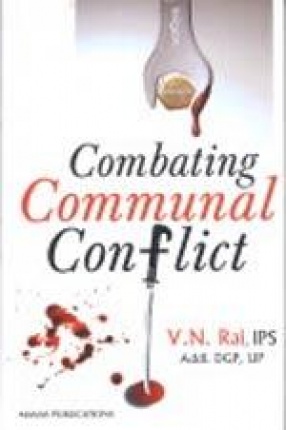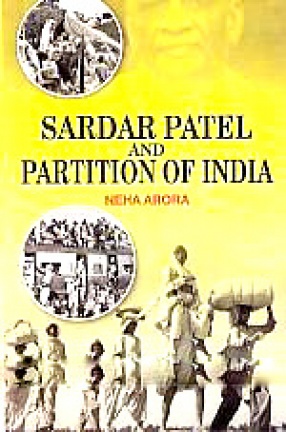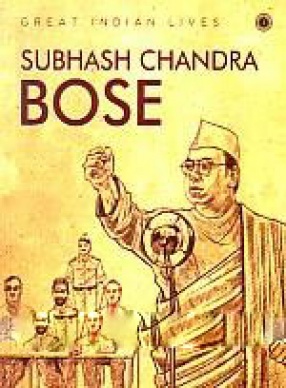Communalism is perhaps the biggest menace the plural Indian society is at present facing–the basic parameter being the relationship between Hindus and Muslims. However, the communal virus has neither affected all Indians, not every one of a particular community. If the growing communalization of Indian society and the physical expression of this malaise in communal rioting are not checked, secular, progressive and forward looking value system of the Indian society will collapse. The police force is the first organised institution to face the brunt of communal violence. The author, who has served as Superintendent of Police in many communally sensitive districts of Uttar Pradesh, rightly points out that since the persons manning the police come from the same society, they carry along with them the prejudices, suspicions, fears and hatred prevalent in their community for the other religionists. The author has analysed in detail the police neutrality, use of force by police during communal violence, attitude of the masses, role of fanatic and militant groups of South Asia, communal bias in reporting facts, treatment of arrested persons in police custody, discrimination in preventive action, plans to check violence etc. To make the analysis and assessments very effective and informative, the author has given the historical perspective of communal riots and studied deeply the causes and preventive steps followed in major communal riots such as Kanpur riots 1931, Ranchi riots 1976, Ahmedabad riots 1969, Bhagalpur riots 1979, Ayodhya incidents 1992, Bombay riots 1992-93 etc. In the end, the author has suggested various recommendations and measures to be adopted to check the menace of communal riots in the country. It will, thus, be worthwhile if the book is made compulsory reading for all officers of the administration and the police, apart from other readers.
Sardar Patel and Partition of India
$56.70
$63.00





There are no reviews yet.